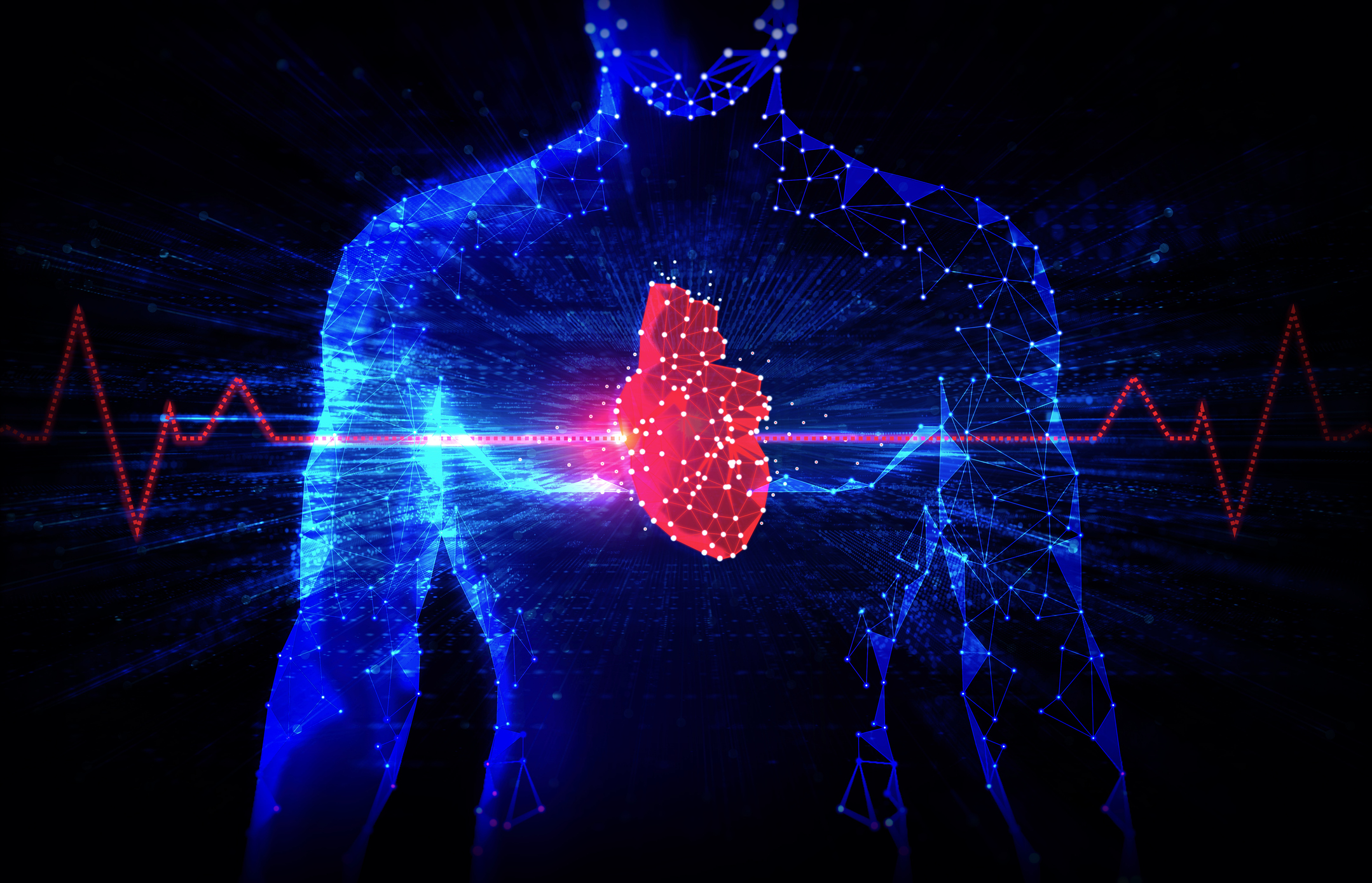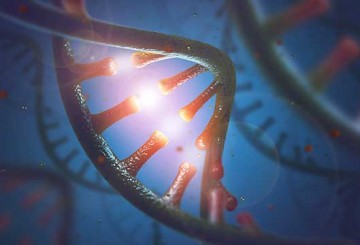
Northwestern Medicine scientists have uncovered a neural circuit that controls fear-induced suppression of appetite and feeding, according to a study published in Neuron.
Scientists discovered that the co-release of two neurotransmitters by locus coeruleus neurons in the brainstem play a key role in the ability of fear to suppress feeding in hungry mice. These findings point to techniques to alleviate stress-induced eating disorders and may have larger implications for conditions such as post-traumatic stress disorder (PTSD), according to D. James Surmeier, PhD, chair and the Nathan Smith Davis Professor of Physiology and senior author of the study.

“This tells us something important about the circuitry underlying eating disorders, like those that can occur in PTSD,” Surmeier said. “It also provides a beautiful example of the biological logic of co-transmission.”
The locus coeruleus is a small group of neurons in the brainstem that are important for arousal and fear, and also are involved in PTSD.
“When you remember a traumatic event, when you get that tingling feeling and your heart begins to race — the locus coeruleus is releasing noradrenaline and arousing your brain,” Surmeier said. “Activation of locus coeruleus neurons is strongly associated with the recollection of traumatic events.”
Stress and fear can cause people to lose their appetite, even when they are hungry. While the brain circuitry underlying excessive feeding is relatively well-known, according to Surmeier, the circuitry mediating stress-induced suppression of eating in PTSD and other eating disorders is less well-characterized.
In the study, Surmeier and lead author Ben Yang, PhD, a recent graduate from the Northwestern University Interdepartmental Neuroscience (NUIN) program and current postdoctoral fellow in the Departments of Physiology and Psychiatry, found that mice exposed to a single foot shock didn’t lose weight and had normal food consumption over the course of the day.
However, when the investigators exposed hungry mice to cues associated with the foot shock, the scientists found that recalling the foot shock caused them to stop eating.
Now with a behavioral framework, the scientists turned their attention to neural circuitry. A key part of the feeding circuitry is the parabrachial nucleus: Neurons in this region suppress feeding.

Normally, when one is hungry, inhibitory neurons in the amygdala activate and decrease spiking of parabrachial neurons to promote feeding. However, in hungry mice who were remembering trauma, the locus coeruleus blocked the inhibitory signals from the amygdala and directly excited neurons in the parabrachial nucleus, according to Surmeier.
“Activation of this circuit allowed the mice to ignore the hunger signals coming from the amygdala,” Surmeier said.
Upon closer examination, the investigators were surprised to discover that the ability of locus coeruleus neurons to shut off the amygdala signals depended upon co-release of noradrenaline and glutamate.
“Most of the time when you see co-transmission, the biological logic is not so obvious. One transmitter might excite a cell and the other might inhibit it, and you think: What the heck are they doing?” Surmeier said. “This is a great example of where co-transmission has a clear biological logic.”
The nuances of this circuit further cement the importance of the locus coeruleus in trauma disorders, and give neuroscientists a pathway that could be targeted for treatments in the future, Surmeier said.
Rajeshwar Awatramani, PhD, professor in the Ken and Ruth Davee Department of Neurology Division of Movement Disorders and a member of the Robert H. Lurie Comprehensive Cancer Center of Northwestern University, was a co-author of the study.
This work is supported in part by National Institutes of Health Pre-Doctoral Training Grant NUIN-MRS T32 and by the Department of Defense and the JPB Foundation.






